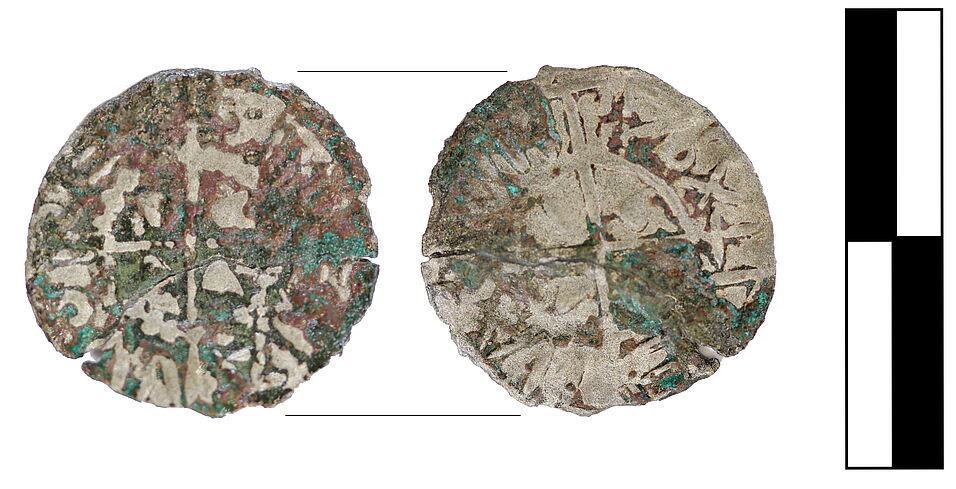Location, location, location - A data model and a lot of coins
I am an archaeologist, so far the only one in this project. I am specialized in early medieval burial grounds in Central Europe, mainly in the 11th century. But in the last few years I have been more and more involved in projects that deal with the broad field of Digital Humanities. And that's how I also joined the RELEVEN project in its first year. Here, in addition to the research in the field of humanities (for examples see the first two posts in this blog), the development of a prosopographic database is an integral part. Prosopographic databases in themselves are not a new development per se, but the approach of the RELEVEN project goes further. Instead of simply recording factoids, we want to record different opinions and interpretations about historical facts and who made them based on which source.
To be able to implement this in our data model, the STAR model (STructured Assertion Record Model) was developed by Tara Andrews and her team. This allows us to represent the debate about those factoids and different opinions of scholars about historical information in the RELEVEN data model. It tracks the following information: an assertion as data tripple with “subject - predicate - object”, an authority, and a source. The RELEVEN data model itself which is based on the current version of the CIDOC CRM combined with OAI:ORE to easily integrate the STAR model.
So far, so good - and maybe already known (more information about the STAR model and the RELEVEN data model itself is available here).
In order to be able to capture the data that the project's pre- and post-doc staff meticulously research and compile into a database, we are modeling different scenarios and topics using the ontologies listed above. After most of the areas were taken over by our data model mastermind Carla, it fell to me to plan how to incorporate various locations into our data model. A fitting task for an archaeologist, because not only in written sources locations are constantly mentioned - think of place of birth/death, coronation sites, places of battles or peace treaties. In archaeology, too, locations are the be-all and end-all. Most important - the exact location of an excavation site, but also places where private collections are kept, locations of museums, production sites, etc. All this data can be accurately mapped with CIDOC CRM. And disputed facts (for example, if the exact location of an archaeological site or a battlefield known from historic sources) are recorded by using the STAR model.
Of course, RELEVEN is not the only project that deals with locations in the context of the Digital Humanities - far from it! In this context, Pleiades and the World Historical Gazetteer, besides many other initiatives, are important to mention. With the latter, the location data will be shared at the end of the project. In line with the FAIR Principles, this will contribute to the findability, accessibility, interoperability and reusability of our data set. In order to simplify the transfer of data, not only the needs of our team members when it comes to locations are taken care of in the data model. The way we will record information on location will also be adapted to the Linked Places Format (LPF) and its required and encouraged feature elements are taken into account.
Furthermore, the creation of LOD (= Linked Open Data) is important (not only for the mapping of locations but the model as a whole) in the context of the Semantic Web and so the linking of the data sets to gazetteers and external vocabularies plays an important role in the planning and modeling phase.
But of course, a model is always just a theoretical framework that needs to be tested in practice and then to be optimized. Now that, from my side, the theoretical work on the location model is in a later stage and most questions are answered, it's time to test it with a small study of my own. And for me, this must of course be something archaeological. In order to test the concept, I will gather information on known coin finds of the 11th century from today's Austria and map information on them in terms of location in accordance with the postulated data structure. Thereby I can not only check whether the data model proves itself in this way, but also how contacts - reflected by coins from different regions - change over time within this period and in the region. So far, I have recorded coins from several entities including Hungarian denarii, coins from the Přemyslid sphere of influence, coinage of Ottonian and Salian kings, and even Byzantine pieces, showing a wide range of contact in the 11th century.

